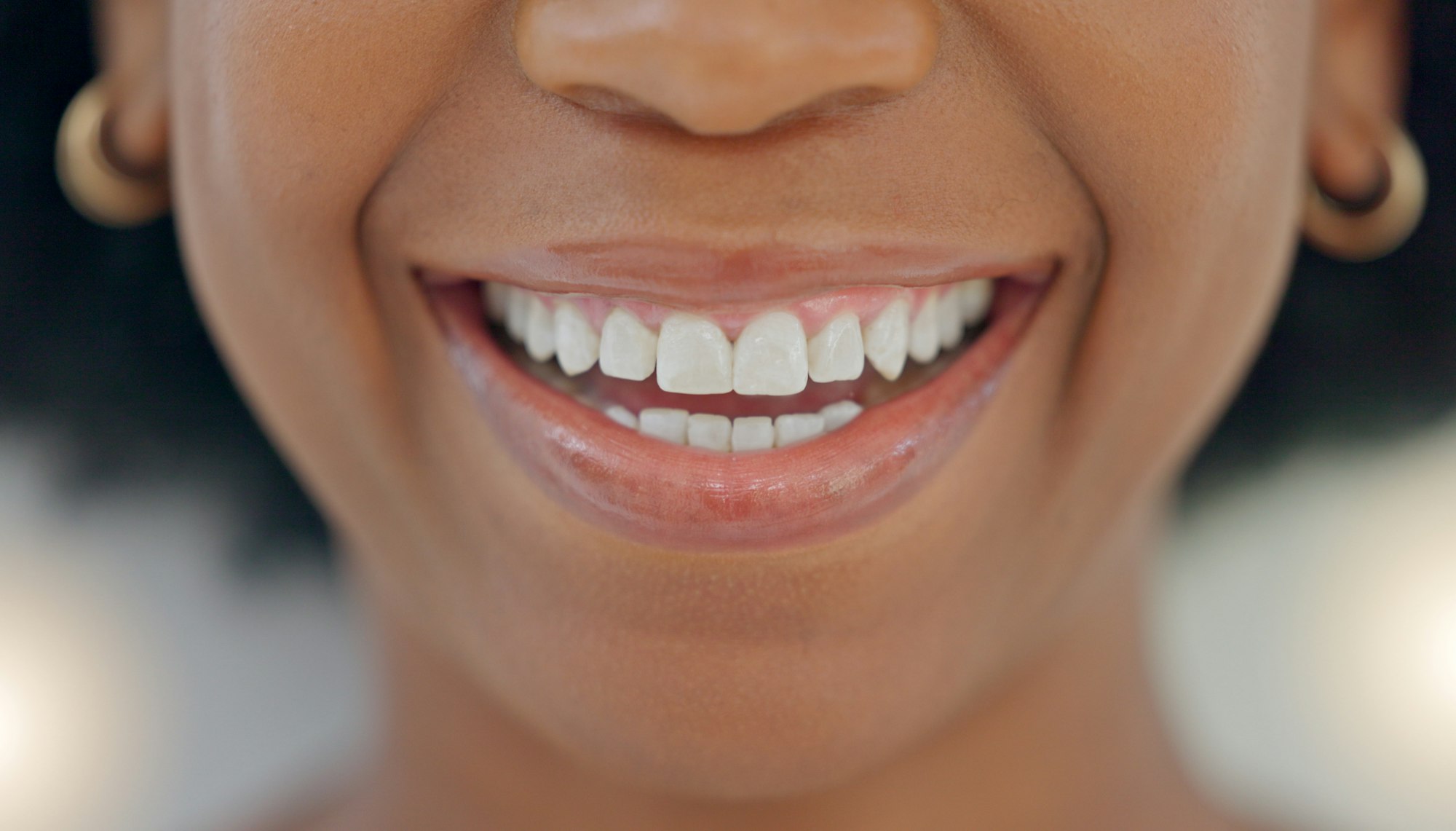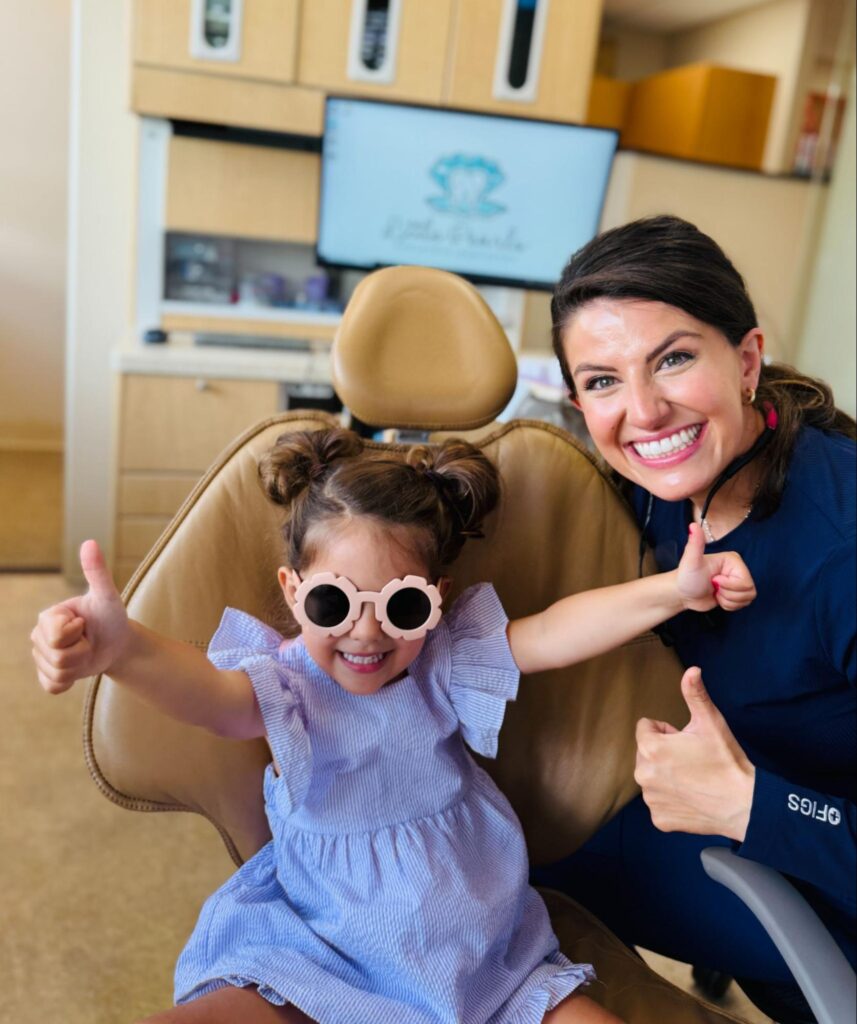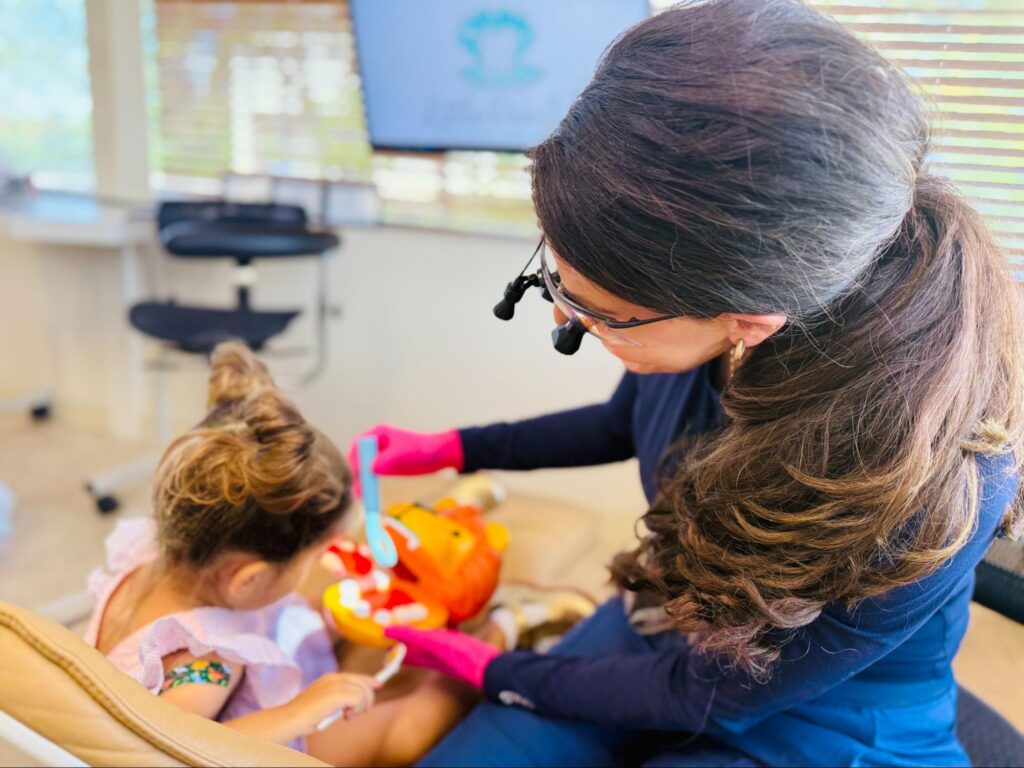At Little Pearls Pediatric Dentistry, we understand the importance of maintaining the integrity and health of your child’s teeth. Dental crowns are a key component of pediatric dental care, providing a full-coverage, durable solution with an excellent long-term prognosis.
Why Choose Dental Crowns for Children?
Dental crowns are recommended for various reasons in pediatric dentistry which may include:
- Severe Decay: When a tooth has extensive decay and there isn’t enough tooth structure to support a filling, a crown is necessary to save and protect the tooth, while reinforcing the remaining healthy tooth structure and minimize risk of tooth fracture.
- Damage from Injury: Teeth that are fractured or injured may require crowns to restore their strength and prevent further damage.
- After Nerve Treatment: A tooth that has undergone a pulpotomy or pulpectomy (a type of nerve treatment for primary teeth), it will need a crown to protect the remaining tooth structure and ensure its functionality for best long-term prognosis.
- Cosmetic Reasons: For teeth that are severely discolored or misshapen, crowns can provide a significant aesthetic improvement.
Types of Crowns Used in Pediatric Dentistry
At Little Pearls Pediatric Dentistry, we offer a variety of crown types tailored to meet the specific needs and circumstances of each child:
- Stainless Steel Crowns: Highly durable and cost-effective, stainless steel crowns are typically used on molars and back teeth where aesthetics are less of a concern. These also are indicated where behavior may not allow adequate isolation for a white crown. Benefits to a stainless steel crown are better retention, minimal preparation and more forgiving in challenging isolation or instances of space loss where crown flexibility is necessary to fully seat a crown and confirm an adequate seal.
- Tooth-Colored Crowns: Often formed using composite resin, these crowns are designed to match the natural color of your child’s teeth. These are not as durable as a zirconia crown and will be at risk for stain, but they can be an aesthetic solution when a zirconia crown is not an option.
Zirconia (White) Crowns: Known for their strength and very natural appearance, zirconia crowns are a great option for both front and back teeth, providing a balance between durability and aesthetics. These can be technique sensitive and recommendation will depend on a child’s ability to tolerate adequate isolation techniques, as well as occlusion, crowding, and ability to retain the crown based on remaining healthy tooth structure. Because zirconia is not a flexible material, this is not always an option in instances of space loss or rotated teeth.








